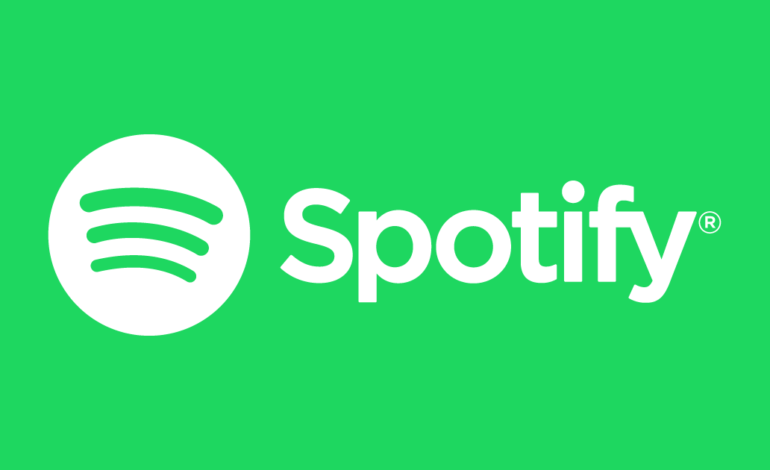

According to nme.com The global music revenues have increased to $26.6b since last year and it has become the highest level since records started in the 1990s.
This marks the music industry’s eighth year of consecutive increase that are from streaming, which brings in two thirds of the industry’s earnings.
According to the trade body IFPI the numbers of people paying for a subscription to a streaming service has been increasing from 523 million to 589 million since 2021.
Also sales of physical formats have risen by 4%, which generated $4.6bn in revenues. Almost half of that figure came from Asia where buying CDs and vinyl is considered as a staple of the “idol” culture of Japan and South Korea.
Plus performance royalties has increased by 8.6% to $2.5bn, which surpasses the pre-pandemic levels but record labels have been pushing for the prices to increase the industry’s income from streaming services.
For example Spotify have not increased the price of their premium subscription since launching it in 2009 and subscribers have only paid $9.99 every month.
Warner Music CEO Robert Kyncl has recently commented that the US rate should increase to $13.25 and based on the 2011 US launch price of $9.99, adjusted for inflation, arguing that music is “undervalued”.
In the article Kyncl expresses his more of his thoughts on the topic.
“This is not my opinion . There are actually numbers to back it up. If you take the US, the price that the user pays per hour of consumption of music is half of what they pay for movies and TV shows on streaming services. So right there, it’s 50% undervalued today.”
Despite of what people may feel, Spotify’s total number of self-releasing artists who earned over $10,000 in royalties actually fell year-on-year. But the total number of artists (both on labels and self-releasing) who annually gained more than $10,000 on Spotify grew last year.
